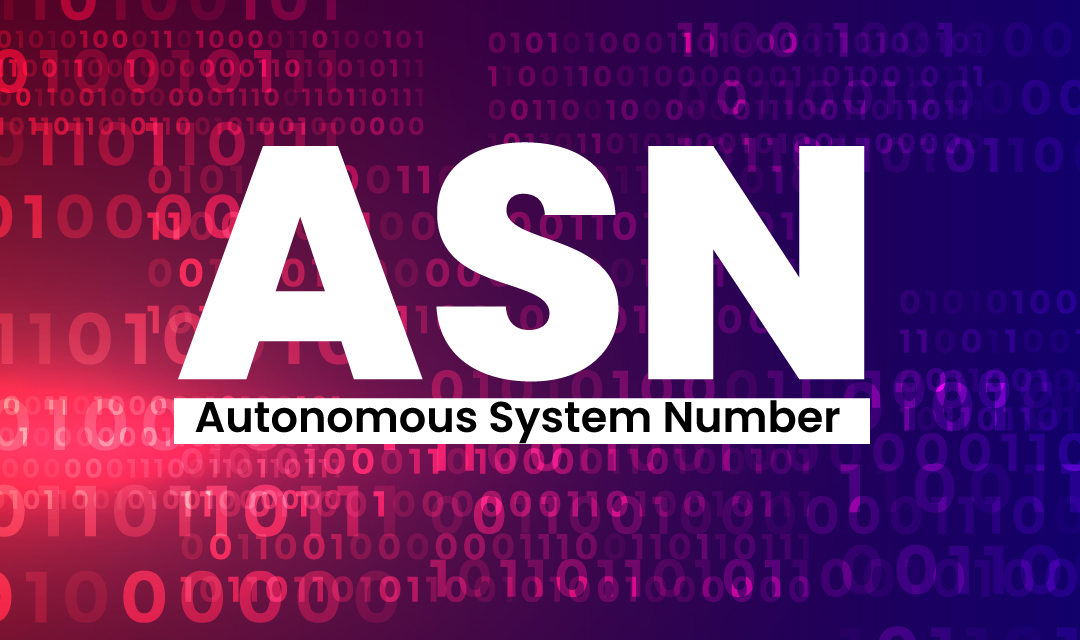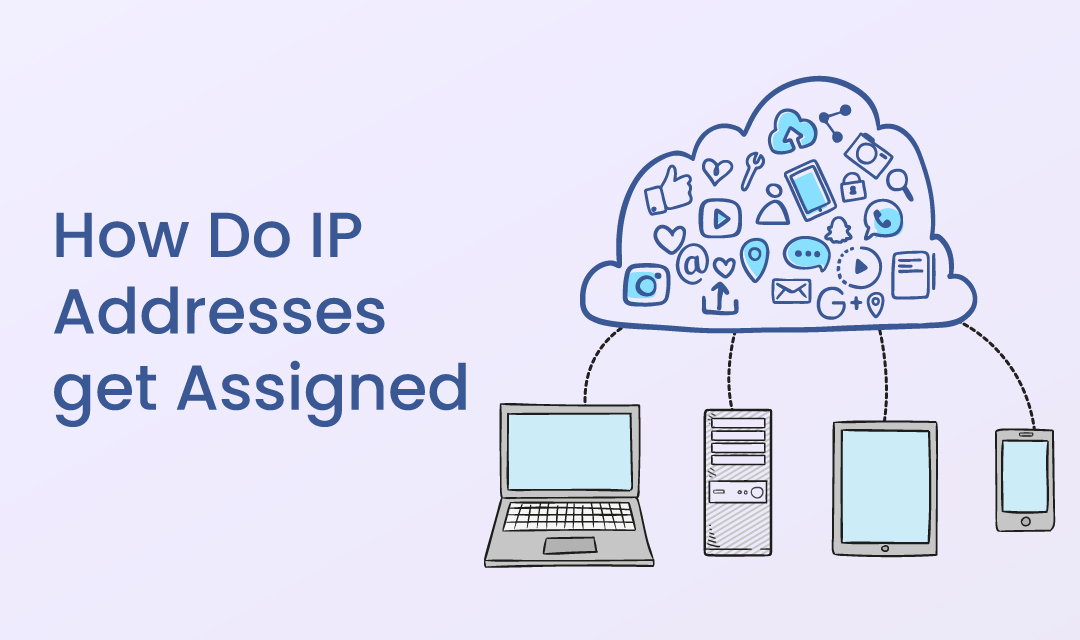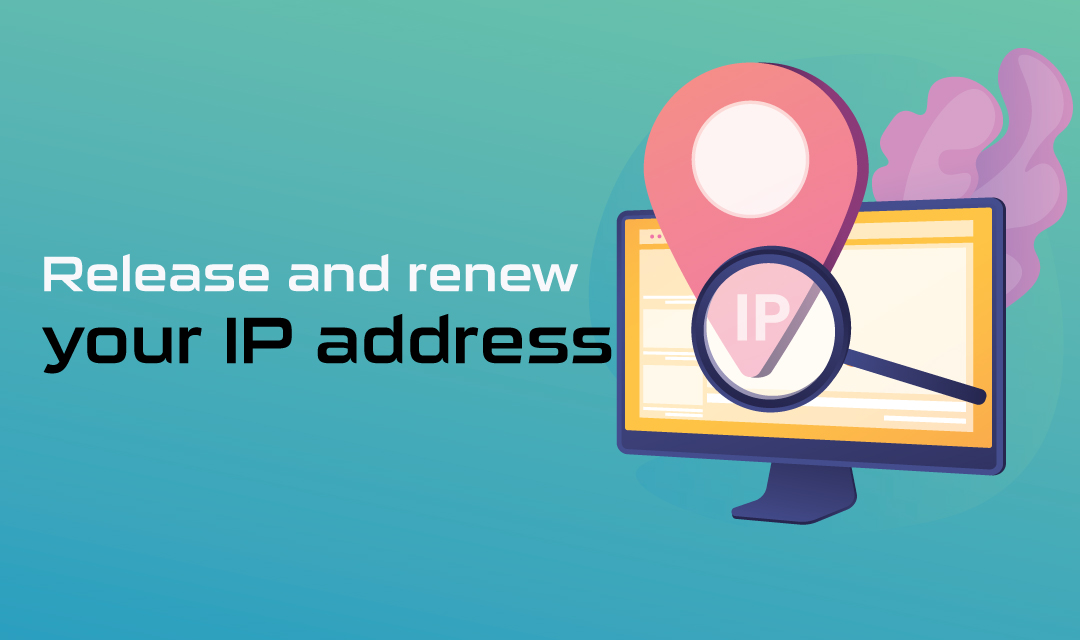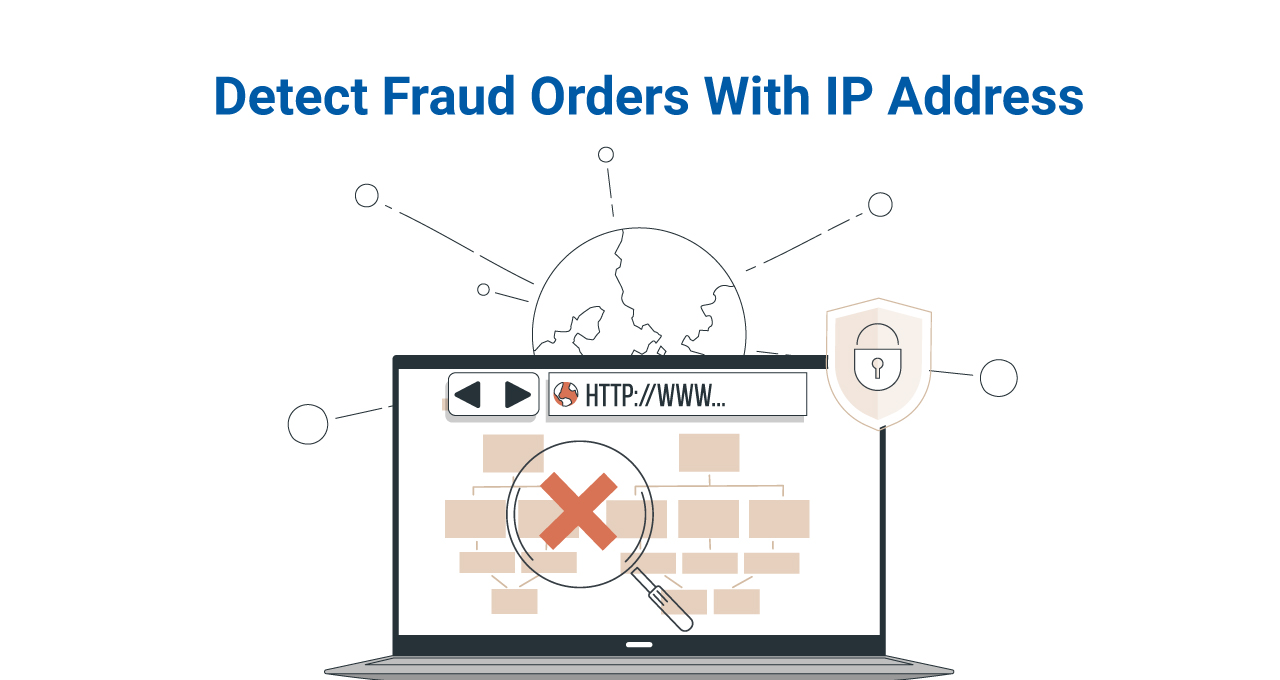
An Autonomous System (AS) is a large network that has a common routing policy used to serve a set of IP prefixes. An AS is assigned to a single organization and is connected to multiple ASes to route IP packets in a redundant manner. An AS is assigned a 16-bit or 32-bit number (ASN) by the IANA to Internet Service Providers (ISPs), governments, universities, and enterprises.









